10 Tips for Discovering the Right Palette for You
http://decor-ideas.org 09/19/2013 20:40 Decor Ideas
A palette is one of the first things I notice when I walk into a home. It's an interesting subject because the wrong palette, or combination of colors, can really disrupt a living space, yet the right palette is different for everyone.
On almost every job, I'm asked, "How do I figure out which palette works for me and my house?" I remind people that the colors they like might not be colors they want to live with or that are right for their home's architectural style.
Here are some tips for starting the house palette that may have you stumped.
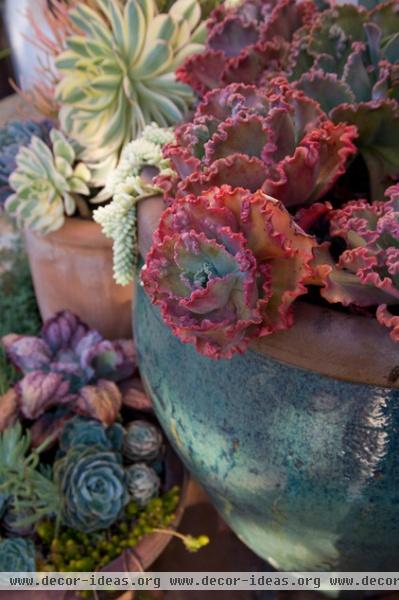
Use nature for inspiration. Mother Nature does it best. If you see colors in nature that appeal to you, translate those colors with paint, fabrics and art.
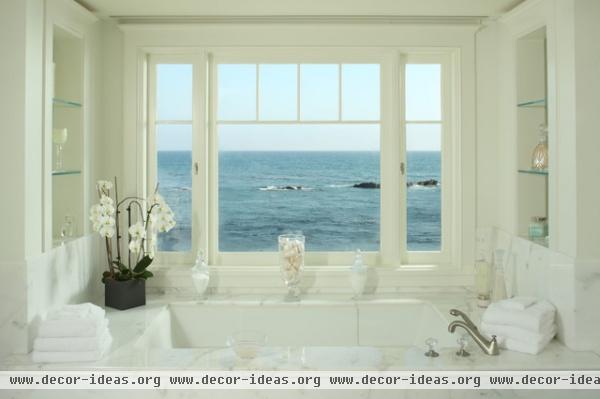
Yield to a view. If you have incredible views, just let them dictate the palette. Neutrals tend to enhance a view. The landscape and weather conditions will provide an ever-changing scene for you to enjoy.
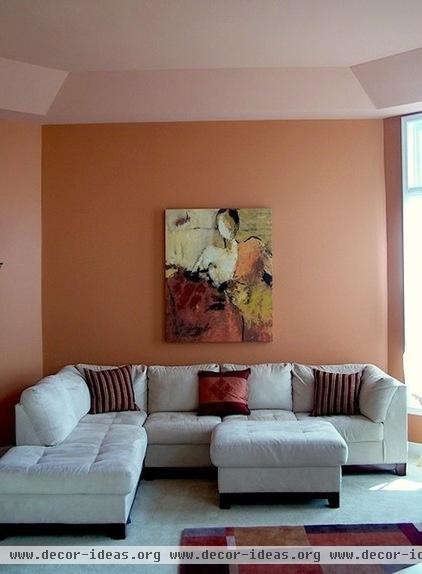
Paint Sampling 101. If you want to start with paint, then prepare your space. Sample paint against a white backdrop, not against an existing color.
Sample boards work great because you can move them around. Observe at different times of day, and always use two coats. Make sure to sample in the finish you will ultimately be using.
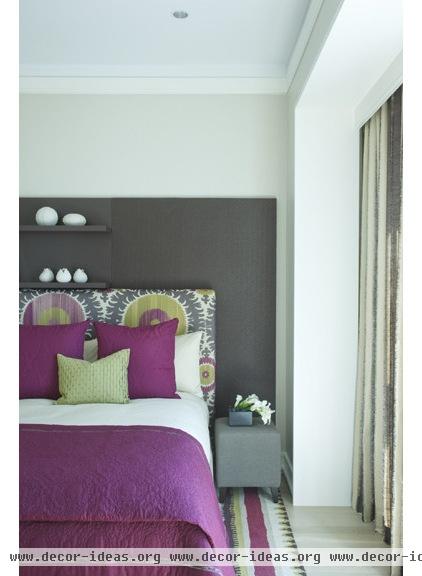
Start with one great fabric. Have you ever stumbled upon that one great fabric that made you declare love right then and there? I have, and that fabric is now a great starting point for a whole room palette. Use it to select paint, rugs and art. The colors don't have to match, just complement one another.
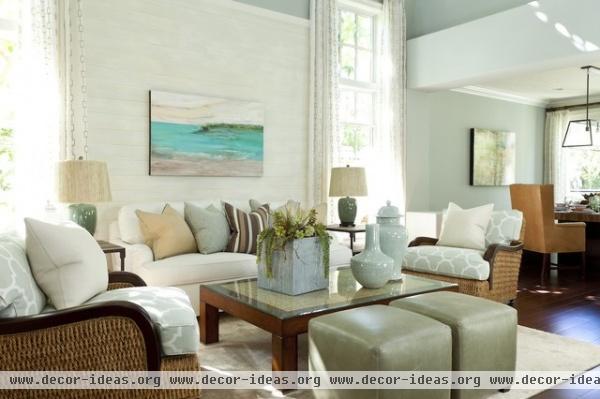
Consider your location. If you are near the ocean, mountains or other location-specific environments, use the terrain as a guide. Cool blues from water or warm browns from the mountains might make you feel at home, inside and out.
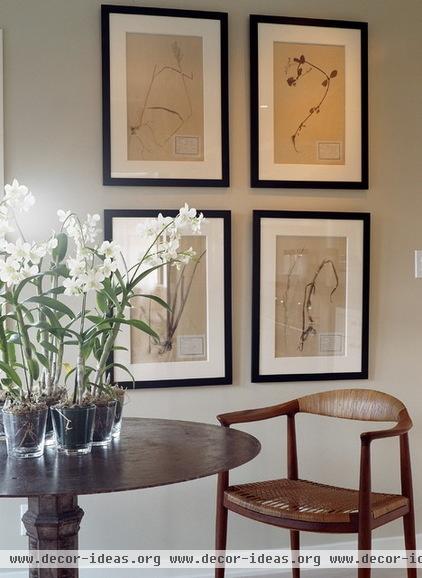
Think about contrast. Many times colors are dismissed as "too light." Are you thinking about the opportunity that a pale paint color offers? Think about the furniture or prints you might own. A pale color can serve as a beautiful backdrop for eye-pleasing contrast.
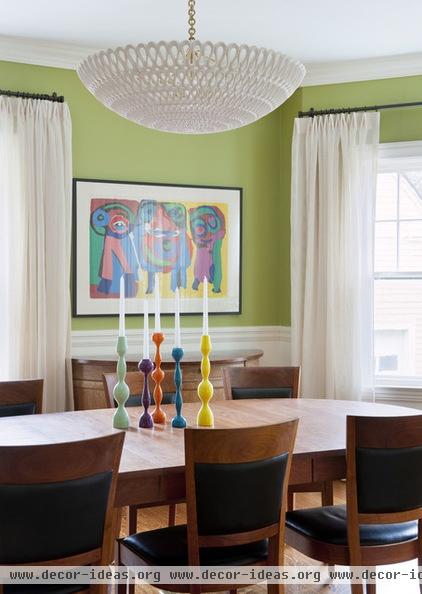
Use restraint with bright colors. I love color; however, a room can suffer if there is too much of a good thing. Bright colors are best shown against crisp white details like casings or curtains. Note the neutral furniture that allows the paint color and vivid art to set the cheerful palette.
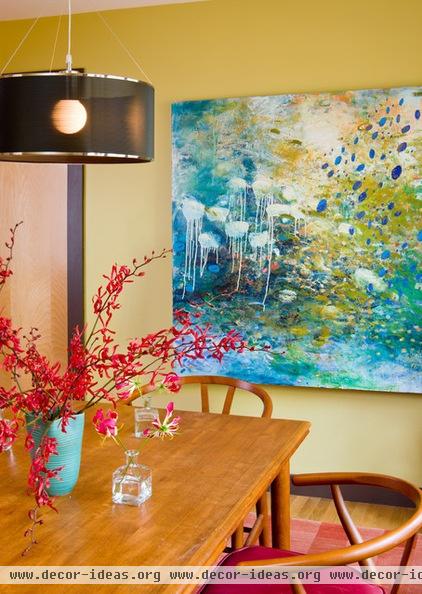
Use art as a guide. I'm not a big fan of matching. I know matching is intuitive, but it's not always the best choice for your palette. Start with a piece of art, then select complementary paint and furniture. This is where a color wheel can come in handy. Remember: Opposites are good.
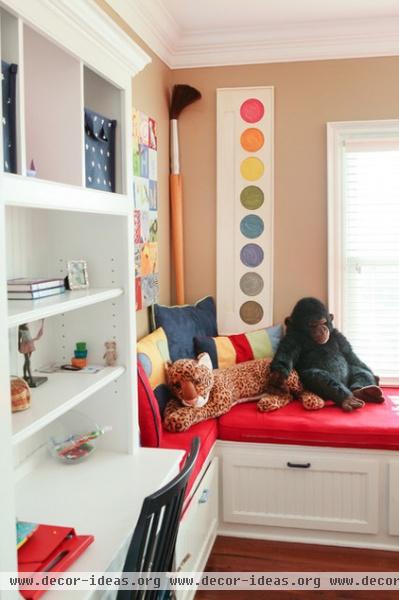
Consider function. What will you be doing in the room you are working on? A palette can often be determined by function. Are you working on a child's room, nursery, playroom or breakfast room? Here is your chance to have some fun. Try color combinations that are cheery and whimsical, yet cohesive. You may not want this look all over your house, but it's OK to let loose in a room, especially if it suits the function.
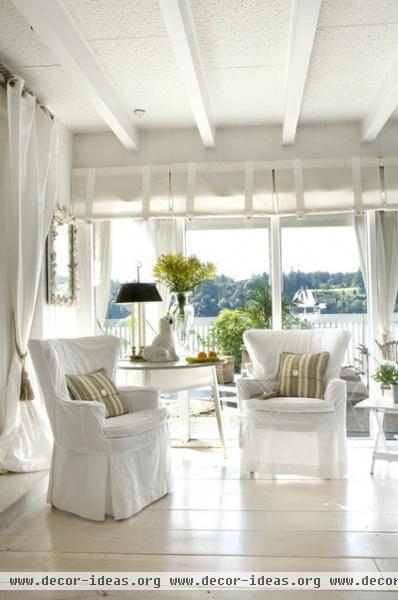
White palettes count. I want to debunk the thought that whites don't count as a palette. Different shades of white make a soothing living space and can enhance architectural details. If you enjoy a constantly changing environment, then white might be your color. Color can be brought in with flowers and seasonal changes on pillow fabrics.
Related Articles Recommended












